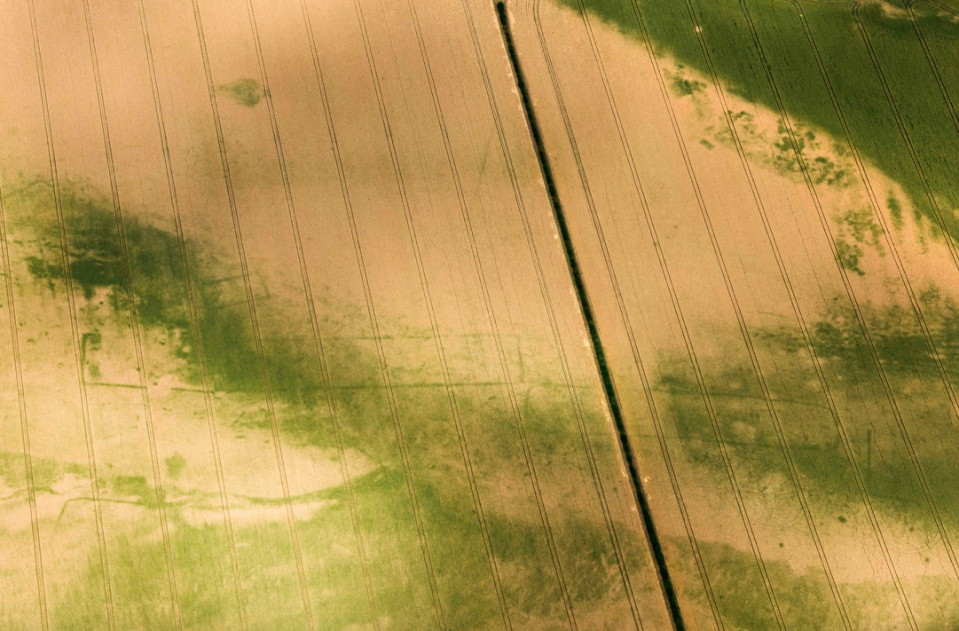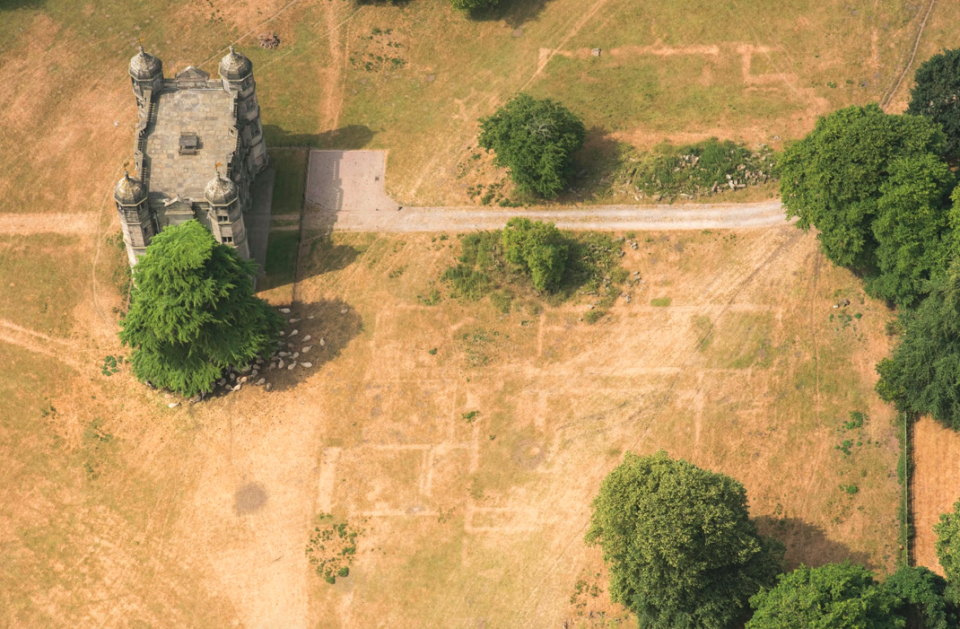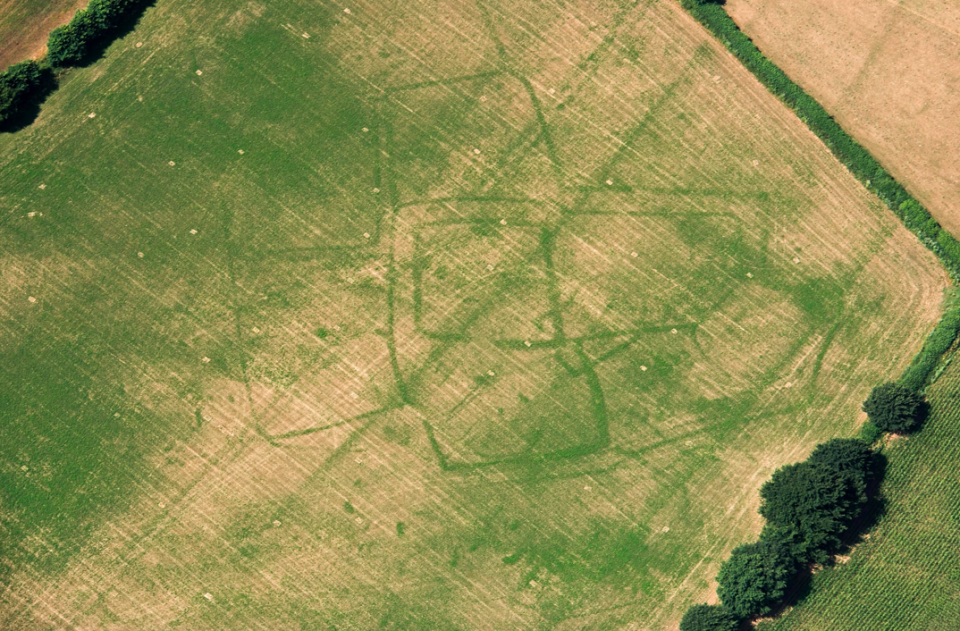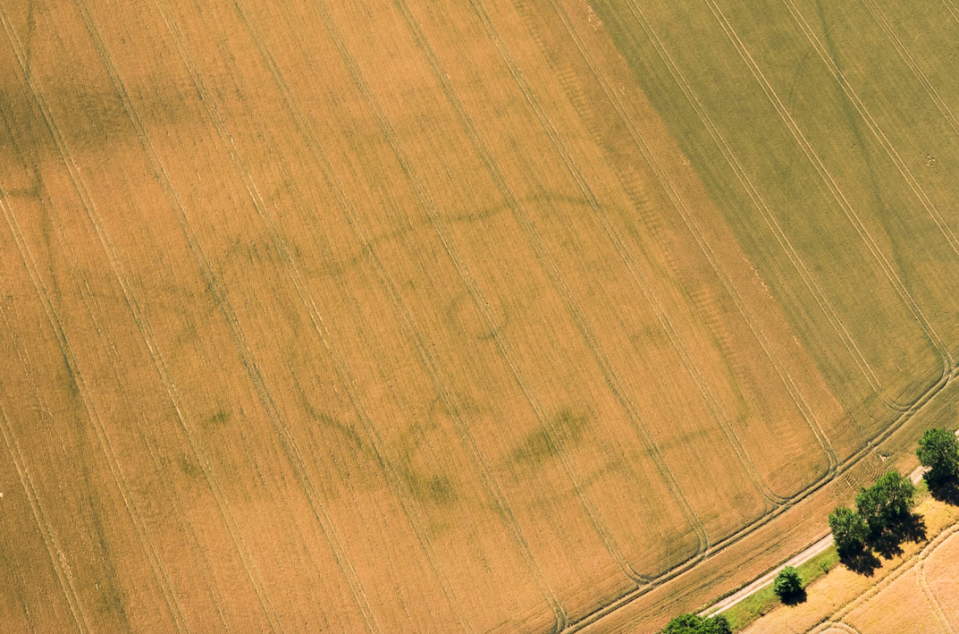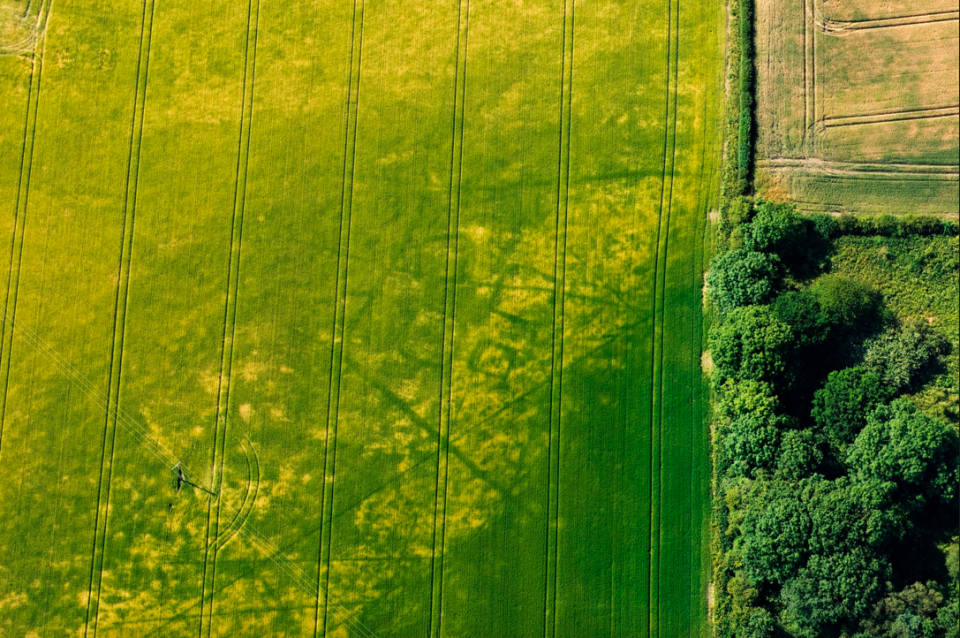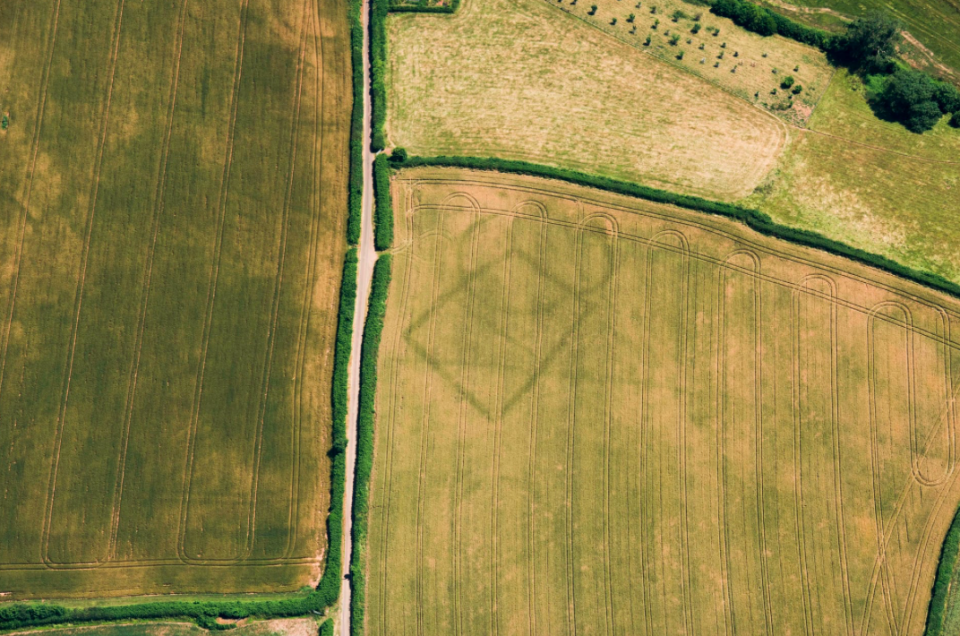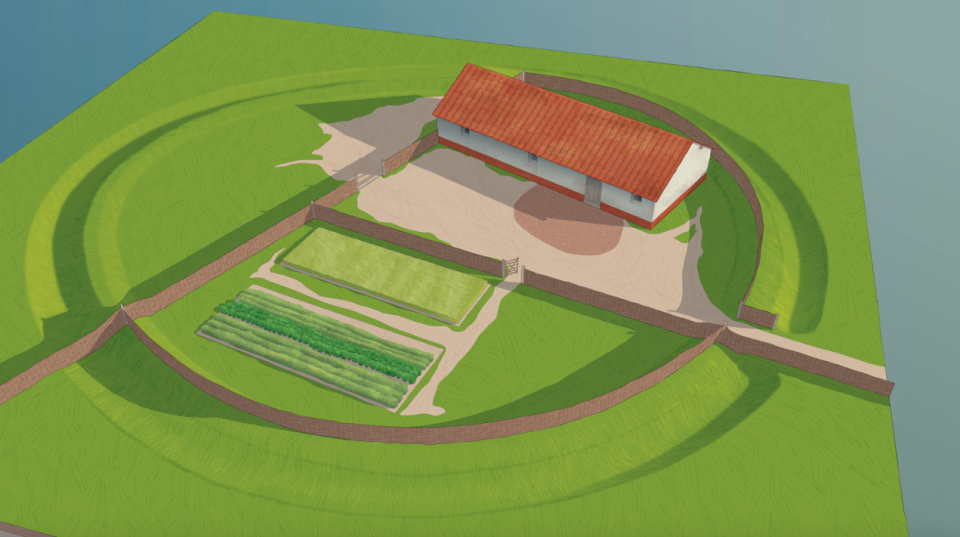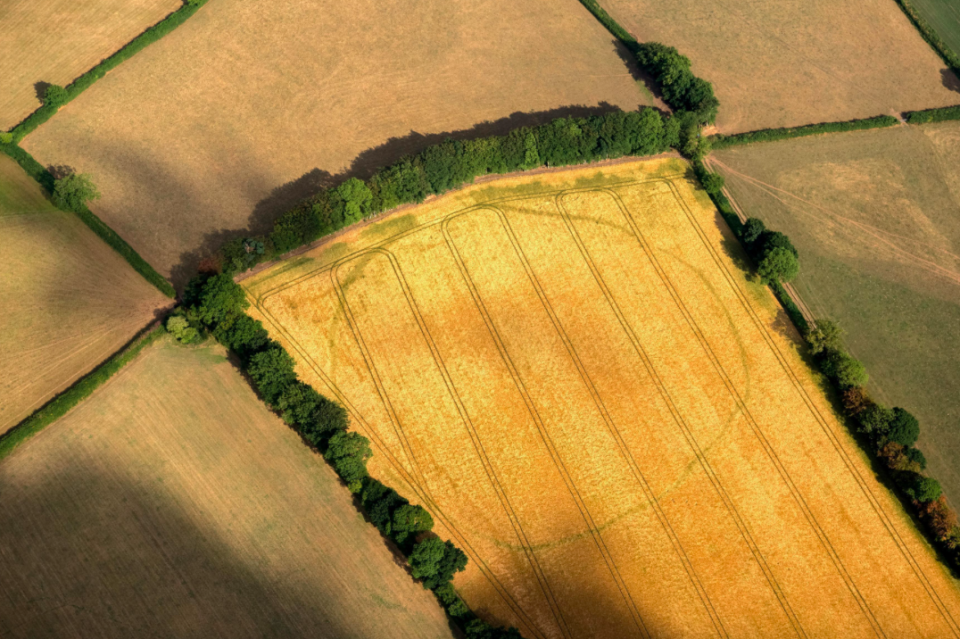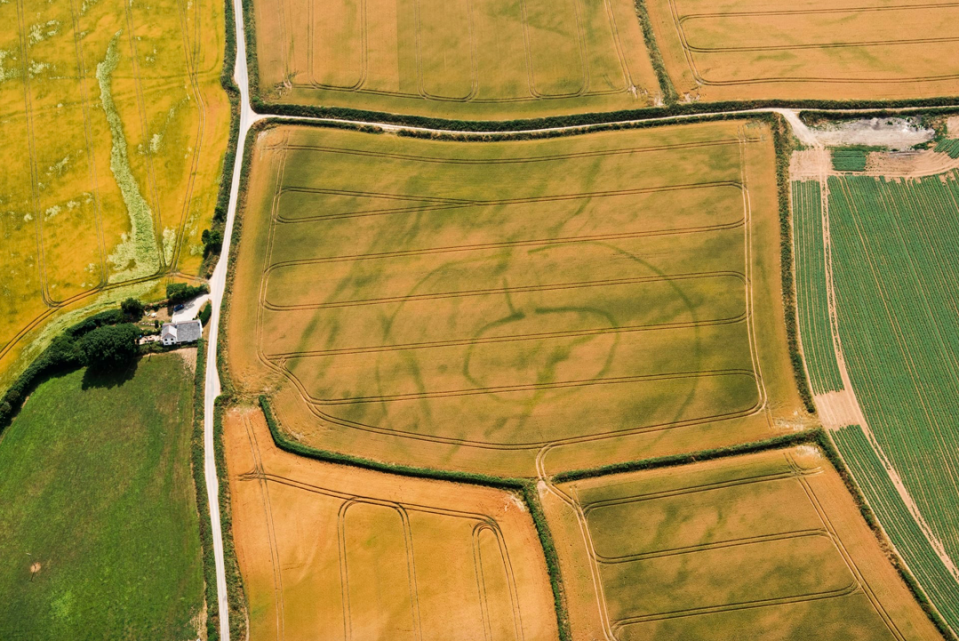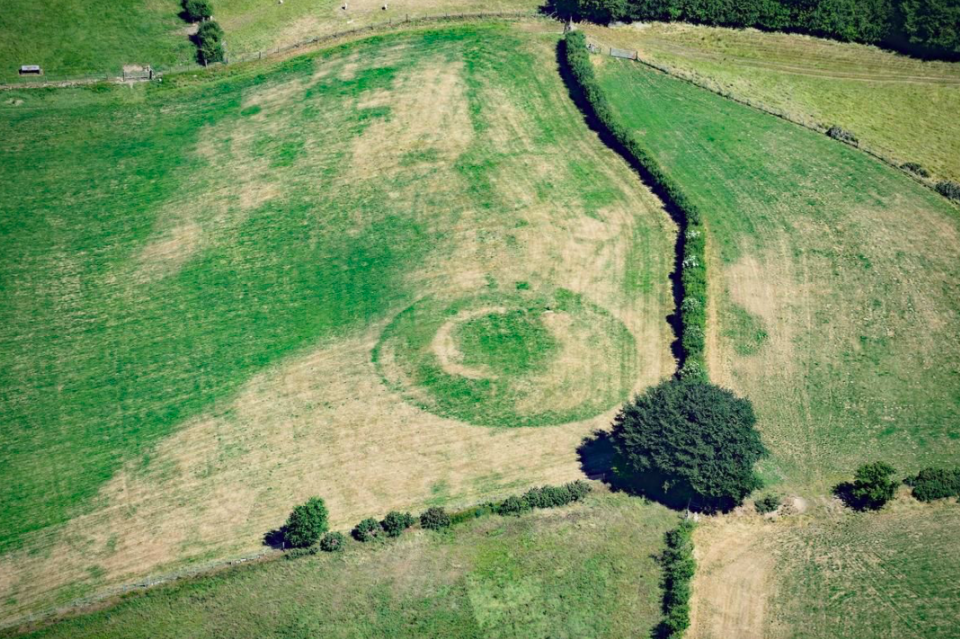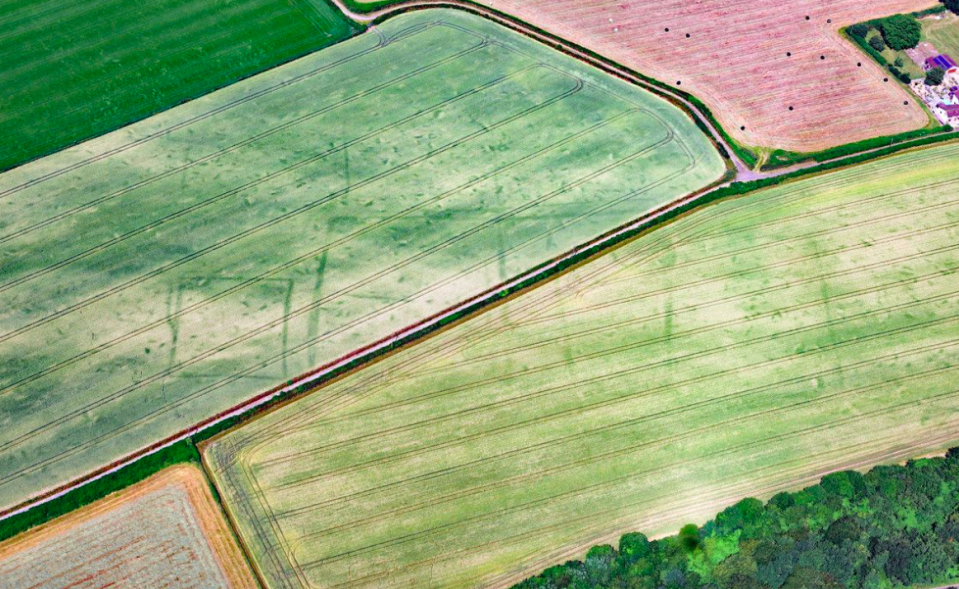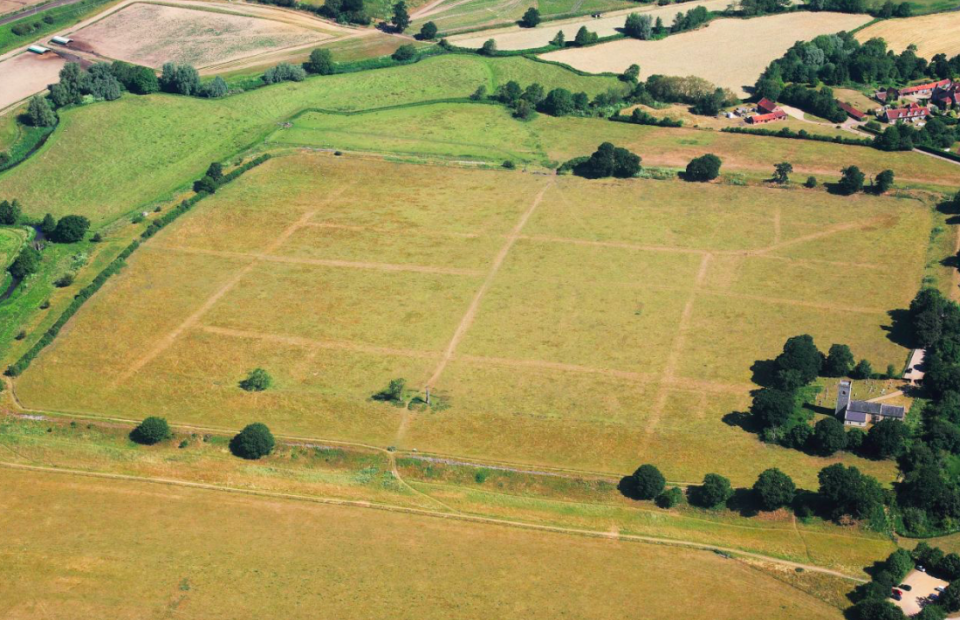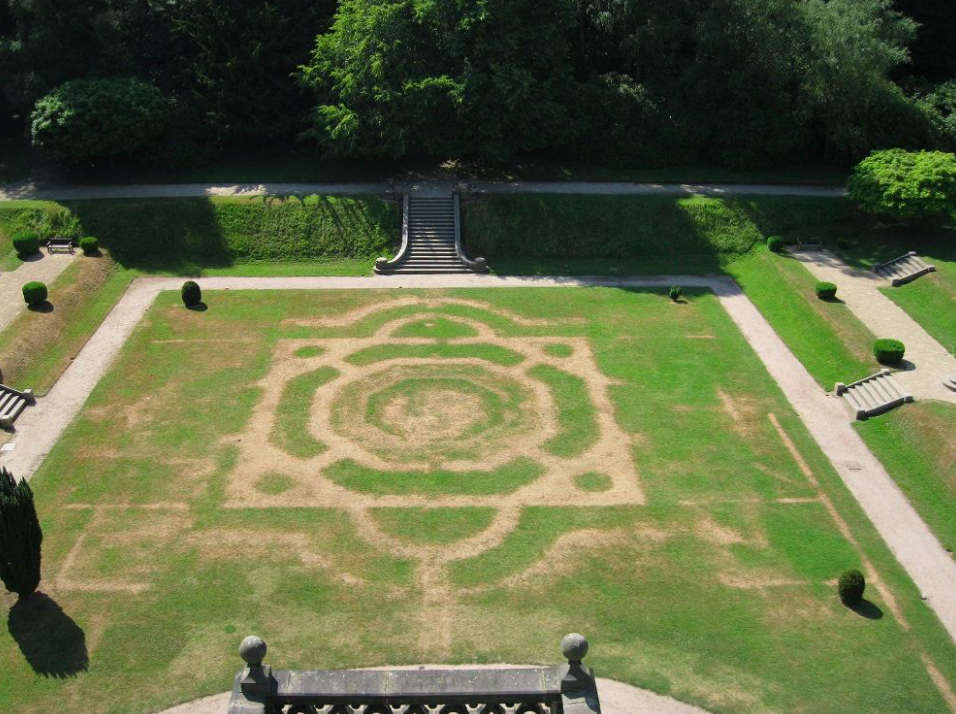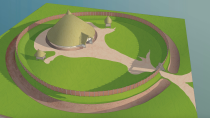In pictures: How Britain's heatwave revealed the country's hidden history
The intense heat and prolonged dry weather of the summer heatwave has dried up grass across the country – and revealed new secrets of England’s buried history to archaeologists.
Evidence of neolithic ceremonial monuments, Iron Age settlements, square burial mounds and a Roman farm have been spotted for the first time in patterns in crops and grass.
The dry summer has been particularly good for experts examining the landscape from the air as ‘cropmarks’ form faster and are more obvious when the soil is very dry, Historic England said.
MORE: Westminster terror suspect named as Salih Khater, a British citizen of Sudanese origin
MORE: Second World War plane buried for 72 years uncovered after Swiss snow melts in recent heatwave
These differences in colour or height of crops and grass can reveal the layouts of buried ditches or walls which once marked out settlements, field boundaries or funerary monuments.
Among the new discoveries this year are two Neolithic ‘cursus’ monuments near Clifton Reynes, Milton Keynes, one of which has been hidden until this year under a medieval bank which is gradually being ploughed away.
Damian Grady, Historic England aerial reconnaissance manager said: ‘This has been one of my busiest summers in 20 years of flying and it is has been very rewarding making discoveries in areas that do not normally reveal cropmarks.’

 Yahoo News
Yahoo News 
